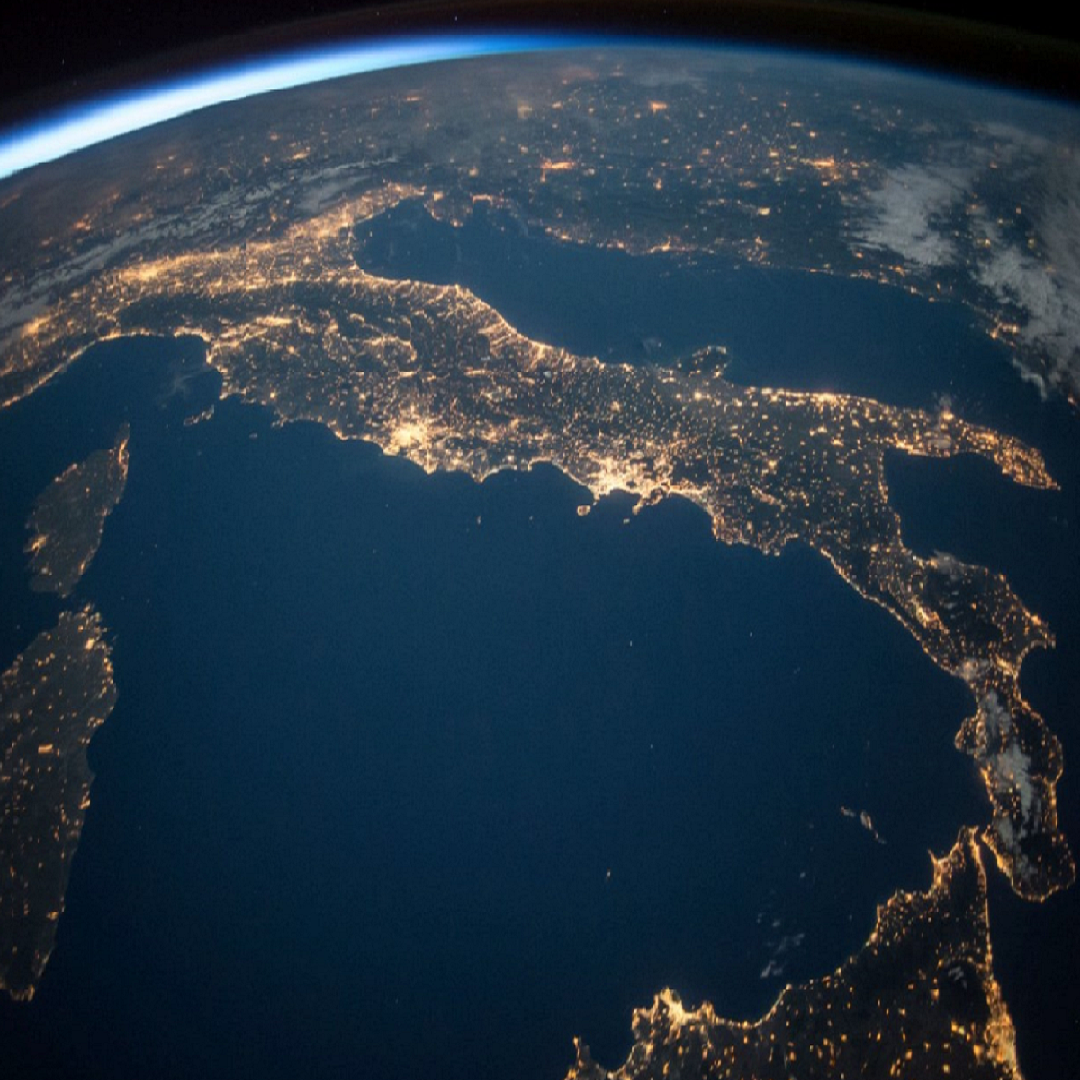

Abstract
The relativistic electrons in the Earth’s radiation belt were discovered by the first US satellite Explorer 1 in 1958. After this discovery, it remains a mystery how electrons can be accelerated to very high energies. Some of them fly in 99 percent of the speed of the light. These electrons are collision less and they coexist with various waves in the near-Earth space. Wave-particles interactions are suggested to play an important role in the dynamic evolution of the energetic particles. To quantify the effect of waves on energetic particles, 8 dimensions of the waves are needed. In two projects recently funded by DFG and ERC Consolidator Grant, we will develop empirical models for these waves and quantify the effect of these waves on energetic electrons. With the help of our physics-based models, we simulate the dynamics of energetic electrons influenced by the waves. We validate the simulation results of particles against the observations from satellites to understand whether the mechanisms included in our model can account for the dynamics or other mechanisms are needed. These efforts help to answer the overarching question: why do some storms result in acceleration and others cause the loss of electrons in the radiation belts?
Online Attendance
https://gfz-potsdam-de.zoom-x.de/j/69741492671?pwd=O9wylyKbEUfWaUTpIcazkFVrVGKlnX.1
Meeting ID: 697 4149 2671
Passcode: 422431
